
We choose to go to the Moon in this decade and do the other things, not because they are easy, but because they are hard,” the 35th president of the United States John F. Kennedy said resolutely to a large crowd that had gathered around his podium at Rice University Stadium in Houston, Texas, on 12 September 1962. That day the politician had laid down a gauntlet to NASA. The space agency’s job was to find astronauts with the right stuff. Fortunately for NASA, the US wasn’t short of citizens wanting to step up to the challenge.
One of the first candidates came in the form of a tall former pilot of the US Navy. An individual who had seen action in the Korean War – flying 78 missions for a total of 121 hours – and later became an experimental research test pilot. He went by the name of Neil Armstrong.
To NASA, Armstrong was the perfect fit; the space agency had decided that some experience of flying jets was indeed much more valuable than any kind of scientific training. There were also time constraints, meaning that the team who would later land on the Moon in July 1969 would need to come well-equipped with experience. Naturally, NASA looked to the Navy and Air Force to make their selections, but it turned out that Armstrong – who was chosen as a candidate in 1962 – became the only successful civilian candidate. His future crewmates Edwin ‘Buzz’ Aldrin and Michael Collins would be selected the following year, fresh from the Air Force and raring to go, their flight capability backed up with degrees in aeronautical engineering and science.
Diese Geschichte stammt aus der Issue 107-Ausgabe von All About Space.
Starten Sie Ihre 7-tägige kostenlose Testversion von Magzter GOLD, um auf Tausende kuratierte Premium-Storys sowie über 8.000 Zeitschriften und Zeitungen zuzugreifen.
Bereits Abonnent ? Anmelden
Diese Geschichte stammt aus der Issue 107-Ausgabe von All About Space.
Starten Sie Ihre 7-tägige kostenlose Testversion von Magzter GOLD, um auf Tausende kuratierte Premium-Storys sowie über 8.000 Zeitschriften und Zeitungen zuzugreifen.
Bereits Abonnent? Anmelden
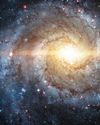
MYSTERIES OF THE UNI WHERE ARE ALL THE SPIRAL GALAXIES?
There are far fewer spiral galaxies than elliptical ones in the Supergalactic Plane, and scientists are keen to discover why
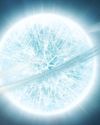
ZOMBIE STARS
+10 OTHER TERRIFYING SPACE OBJECTS

HOW TO BEAT LIGHT POLLUTION
Thought it was impossible to observe the wonders of the night sky from towns and cities? Think again. Follow our tips and tricks on successfully observing through sky glow
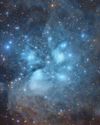
15 STUNNING STAR CLUSTERS
These beautiful stellar groupings are spattered across the cosmos
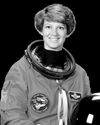
Eileen Collins "It was a difficult mission...we were the first to see Mir"
Having served as both the first female pilot and first female commander of NASA's Space Shuttle, Collins boosted the involvement of women in space exploration to a whole new level
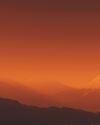
MARS LEAKS FASTER WHEN IT'S CLOSER TO THE SUN
The Red Planet has lost enough water to space to form a global ocean hundreds of kilometres deep
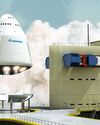
FUTURE TECH KANKOH-MARU
This ambitious reusable spacecraft will be capable of taking 50 people to and from orbit
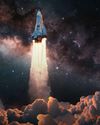
THE FINAL FRONTIER
Beyond the reach of the Sun is a fascinating region of the cosmos that were only just beginning to explore
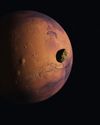
A long-lost moon could explain Mars' weird shape and extreme terrain
A long-lost moon could explain why Mars is so different from the other rocky planets in the Solar System. Today Mars has two tiny moons.
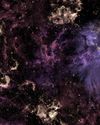
A sprinkling of cosmic dust may have helped kick-start life on Earth
Cosmic dust may have helped kick-start life on Earth. New findings challenge a widely held assumption that this wasn't a plausible explanation.